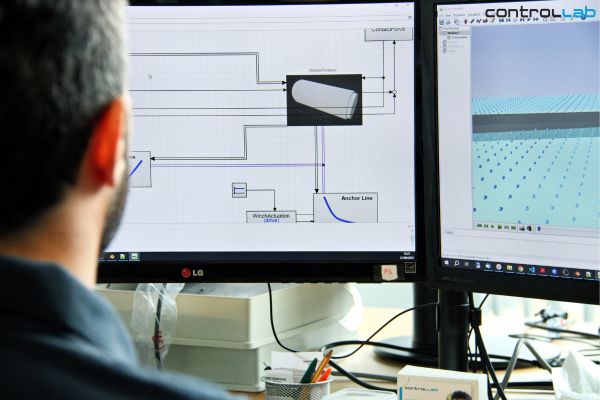
by Charina Bartels | Jul 18, 2023 | Blog, Cases, Cranes, Gangways, News, Offshore, Questionaire, Robotics, Training Simulators
HIL-Simulation for Barges with Mooring Lines Controllab is developing real-time simulation models of barges and mooring lines. These models will be used for HIL simulations to test motion control software. The video shows one of the test models with a barge that is...
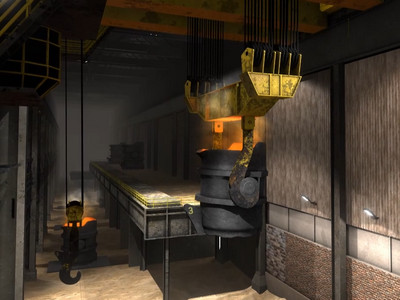
by Christian | Jun 15, 2023 | Cases, Cranes, Gangways, High-Tech Systems, News, Offshore, Robotics, Training Simulators
COLLISION DETECTION Controllab has automated its workflow for collision detection. This video shows the results from our latest project for Tata Steel. In steel crane simulators there are a lot of objects that interact through collisions; crane hooks colliding with...

by Christian | Jun 12, 2023 | Cases, Cranes, Gangways, Offshore, Robotics, Training Simulators
Eagle-Access Training Simulator Client: EAGLE-ACCESS Eagle-Access B.V. is bringing an innovative crane to the market that transfers people offshore platforms. Controllab was asked to develop a training simulator for this machine. EAGLE-ACCES The Eagle-Access is an...
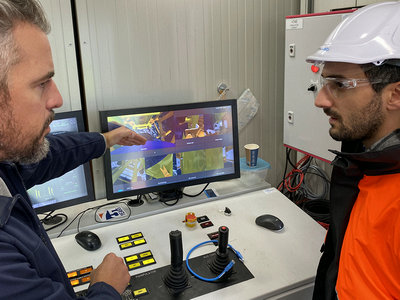
by Christian | Nov 3, 2022 | Cases, Offshore, Training Simulators
BLIT Simulator End user: Van Oord, Customer: MSA Together with MSA-Service, Controllab has developed a training simulator for a “Boat Landing Installation Tool” (BLIT). The BLIT was developed by TMS for and together with van Oord and equipped with...
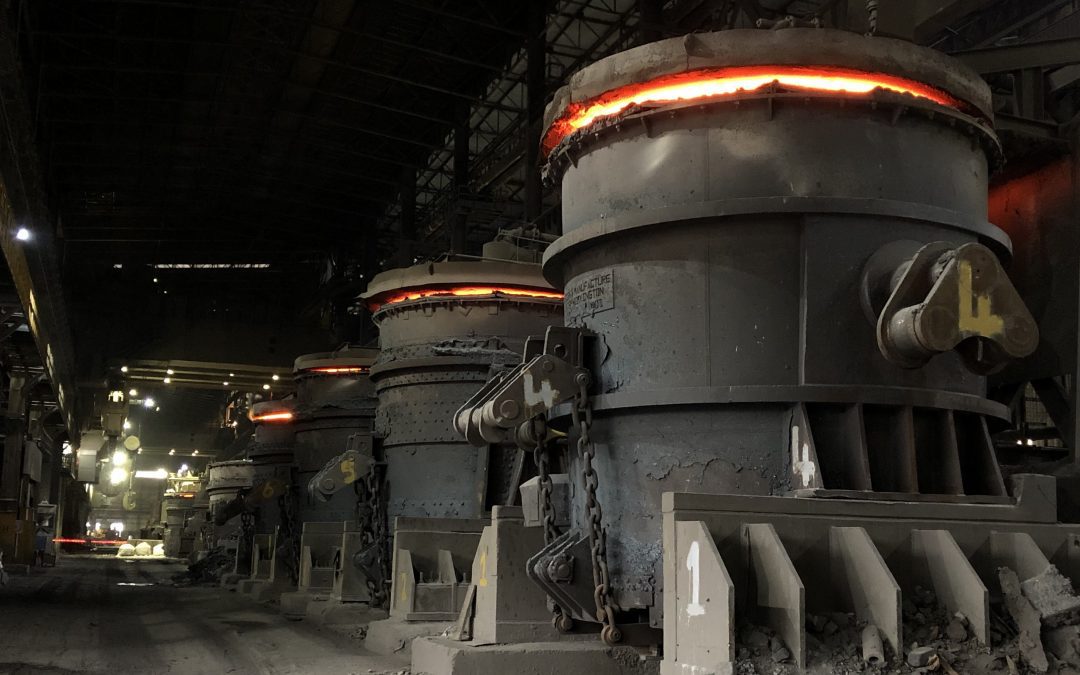
by Bas | Mar 19, 2020 | Cases, High-Tech Systems, Training Simulators
TATA STEEL Client: Tata Steel Port Talbot – VR Training Simulator Heavy industry job sites can be aggressive and hazardous environments. These job sites change every day. And what was safe yesterday can be potentially very dangerous the next. Training can be a...
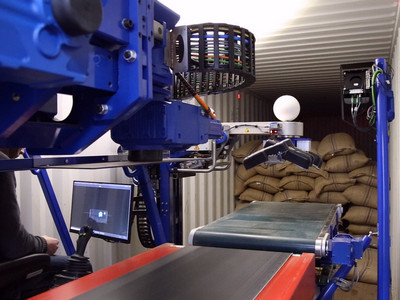
by Christian | Jun 19, 2019 | Cases, High-Tech Systems, Robotics
Container Unloading Client: COPAL Copal Handling Systems develops and manufactures container-unloading and palletizing systems. Controllab was asked to analyse the CopalC2 robot and improve the motion control of this robot to increase its speed of operation. PURPOSE...









